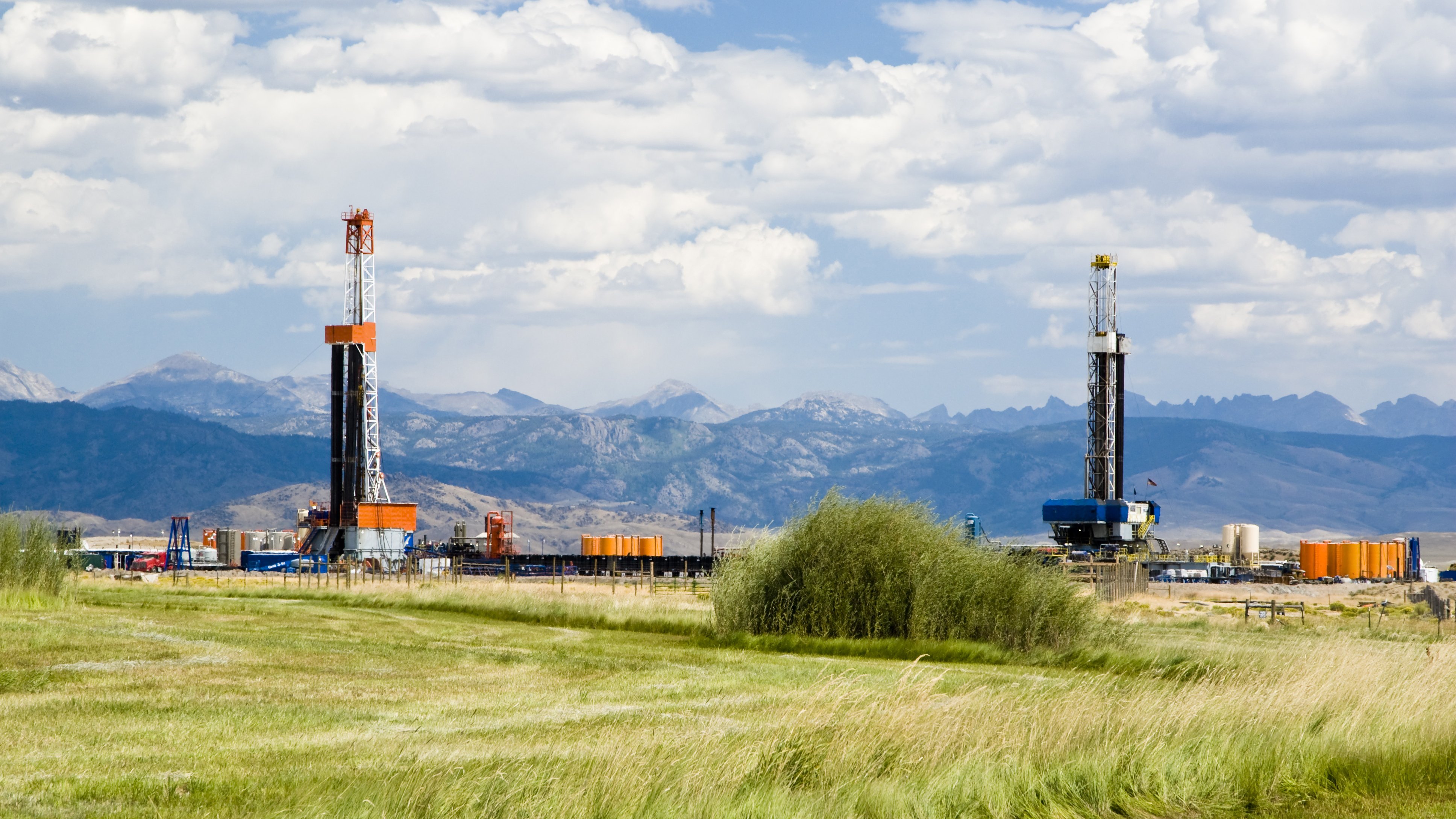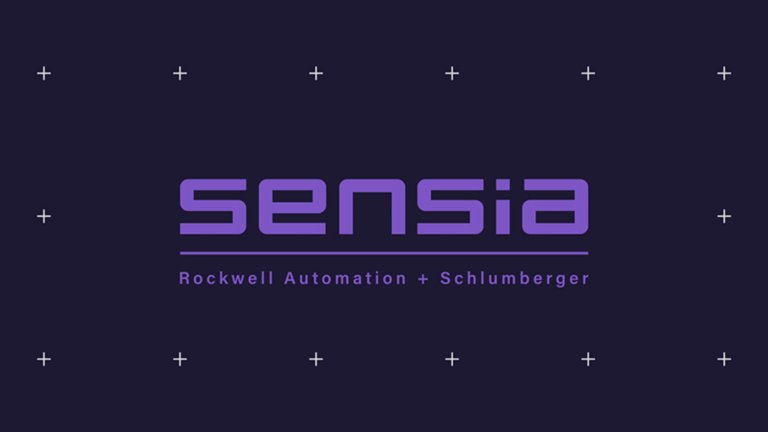Operations at a Crossroads
ARC Resources already had optimization programs at its smaller pads that contained only one to four wells. Control systems in place at these pads supported the use of artificial-lift systems to help maintain or increase production as these wells depleted.
Larger pads of five or more wells, however, lacked control systems to support artificial-lift systems. And as some of these sites approached production milestones of 10 to 15 years, the company knew that it would need to make improvements in the near future.
“We were very successful with using assisted lift to keep production stable in the smaller fields,” said Charlie Kettner, programming specialist for ARC Resources. “We didn’t have the same optimization option in our bigger pads. So, our production engineers wanted to find a control solution that would allow us to bring artificial lift to these fields, as well.”
The existing controllers were not capable of handling the large amount of I/O required to run the entire well pad. As a result, the company had to use multiple controllers, which were hardwired together, along with remote terminal units (RTU). This approach not only made the control infrastructure more complex – and thus more prone to mistakes – but also limited the amount of information available for control and monitoring.
The use of multiple hardwired controllers also presented safety challenges. ARC Resources relies on its control architecture to monitor toxic and explosive gases, and to take actions such as turning on an exhaust fan or blocking wells as conditions dictate.
However, the controllers could lock up and freeze their outputs, and give no indication that there was a fault. This forced the company to add “watch dog” timer hardware to monitor for such conditions.
A ‘Canned Package’
Kettner reached out to Rockwell Automation to begin discussions about optimization options that would support artificial-lift systems at the large multi-well pads, as well as simplify control, and address safety concerns.
Their talks led them to the ConnectedProduction™ well manager solution from Rockwell Automation, which includes an out-of-the-box Allen‑Bradley® ControlLogix® programmable automation controller (PAC) and FactoryTalk® View human-machine interface (HMI) that require no custom coding.
The PAC gives ARC Resources single-platform control for large sites with up to 32 artificial lift wells, and contextualized production information to help operators maintain optimal production levels and troubleshoot issues.
“It’s a canned package,” Kettner said. “You order it, install it and plug in your data to the points it’s looking for, and away you go.”
Kettner and his team decided to pilot the new technology at an eight-well production site named Sunrise near the town of Dawson Creek, British Columbia, before installing it at four other multi-well pad sites.
One of the benefits they first discovered during this trial run was the add-on instructions included in the ConnectedProduction solution, which helped them save about two days of programming during the installation process. And because the solution uses an open architecture, integration with other vendor hardware at the site was easy.
Enhanced Visibility and Safety
The ConnectedProduction solution has eliminated the need for multiple controllers and RTUs that were previously in place at the Sunrise site. Now, all well pad controls have been consolidated into a single control platform. In addition to simplifying the architecture, this will help lower hardware and software costs for the site.
The solution also enables the use of artificial-lift systems, including on/off timers and plunger-lift systems, and provides visibility into those systems.
“Operators can track events in the ConnectedProduction solution to see what stage we’re in of the optimization cycle and make better decisions about what to do next,” Kettner said. “Operators can see, for example, that a timer well is not producing anymore, and move to the next step of putting a plunger in the hole.”
The new system also is helping ARC Resources enhance safety by reducing the risk of faults going undetected at the Sunrise site.
“Now if something goes wrong with the processor or if an I/O rack comes undone, the ControlLogix platform can fault to a safe state where it shuts down all the processes,” Kettner said. “It takes all the power off the solenoids and essentially results in an emergency shutdown.”
Another benefit of the ConnectedProduction system is it can support a flow-measurement card within the control panel. This has allowed Kettner to eliminate the use of a separate flow-measurement computer, which is saving his company tens of thousands of dollars at the site.
“We just plug the card into the rack, and it communicates on the backplane,” Kettner said. “It’s given us huge cost savings.”
Looking ahead, Kettner already has orders in to bring the ConnectedProduction solution to at least four more large multi-well pads in the area.
“We’ve seen value of the Rockwell Automation solution and want to bring it to our other sites where we need assisted lift,” he said. “On new pads, we’ll implement this right from day one so it’s there and available when it’s needed, and we can just turn it on.”
The results mentioned above are specific to ARC Resources’ use of Rockwell Automation products and services in conjunction with other products. Specific results may vary for other customers.
Allen‑Bradley, ConnectedProduction, ControlLogix and FactoryTalk are trademarks of Rockwell Automation Inc.

